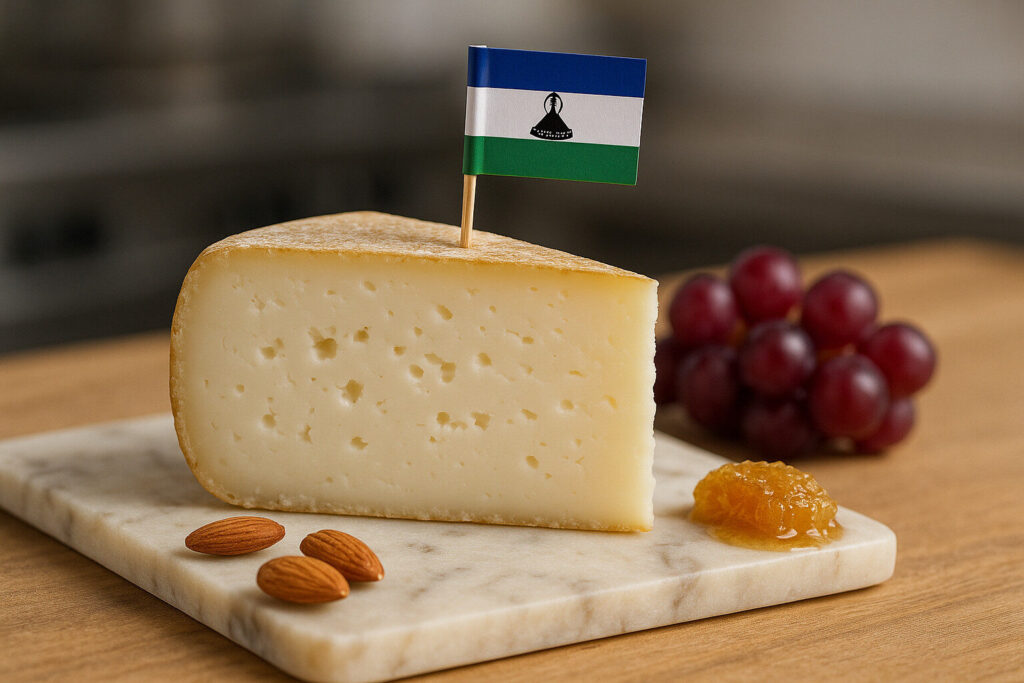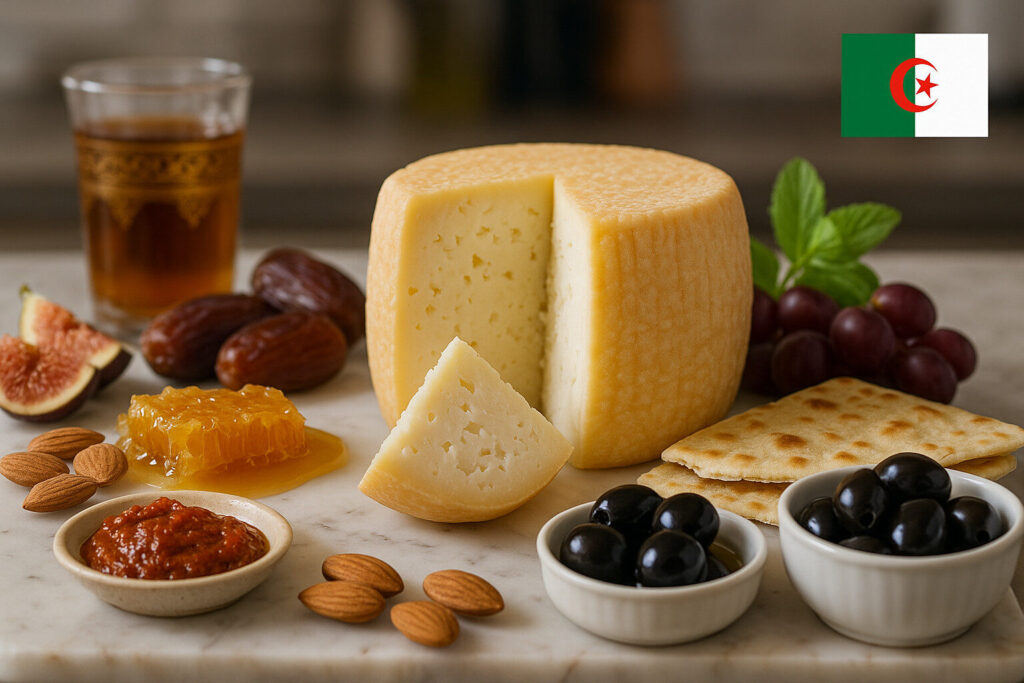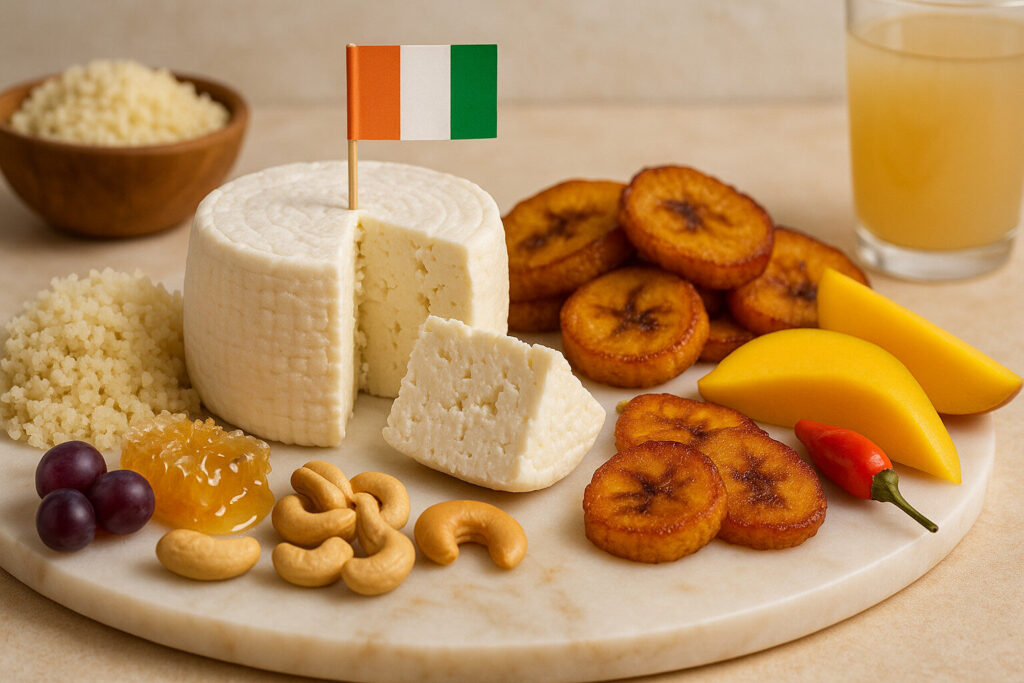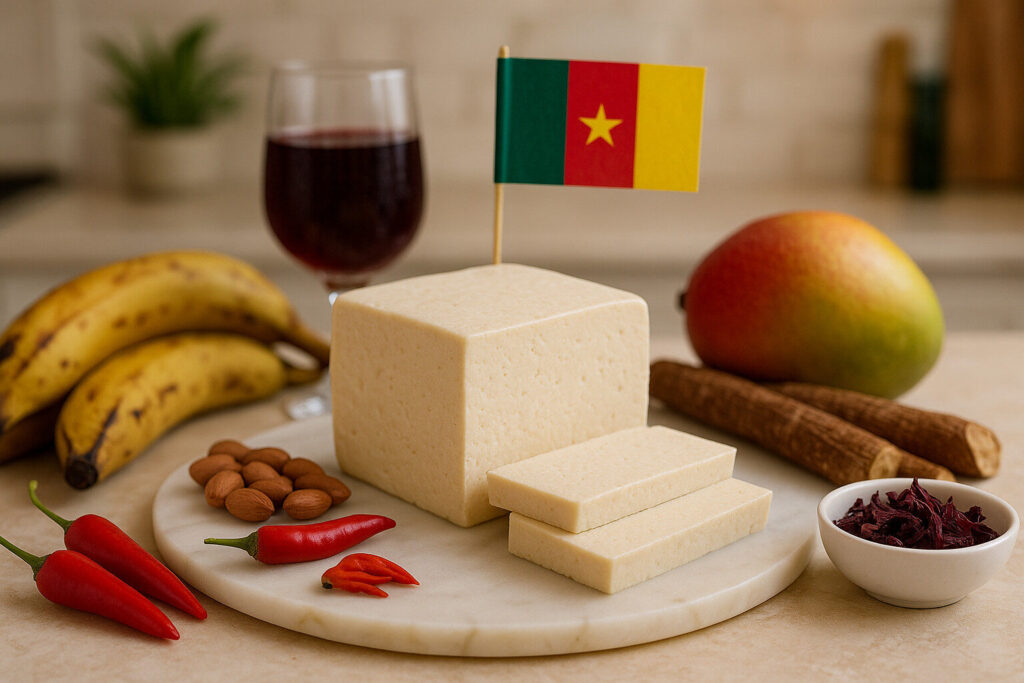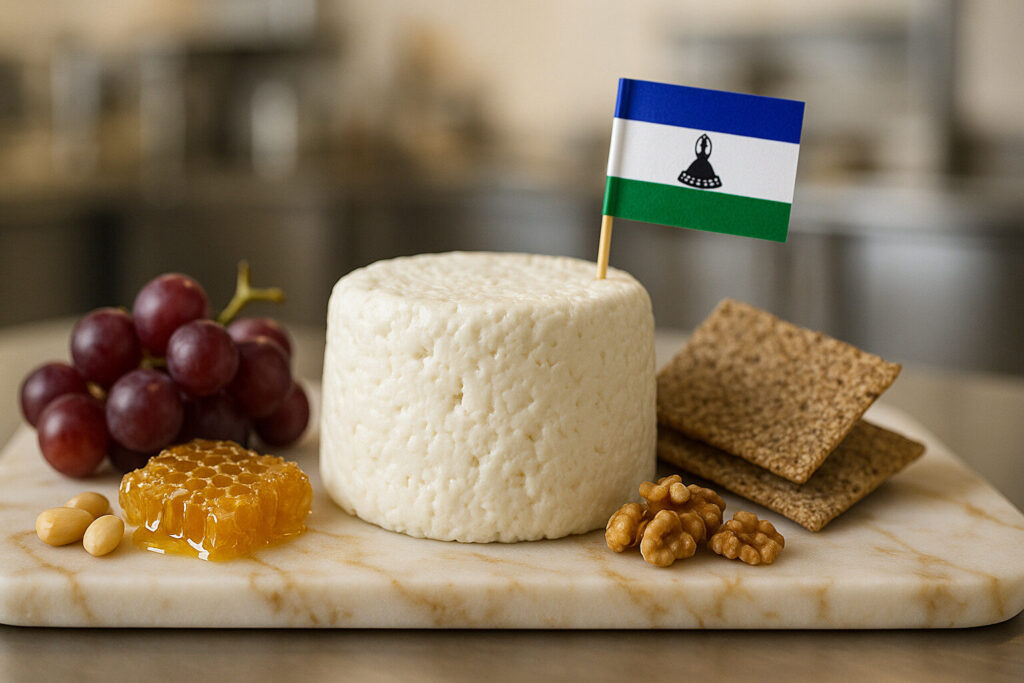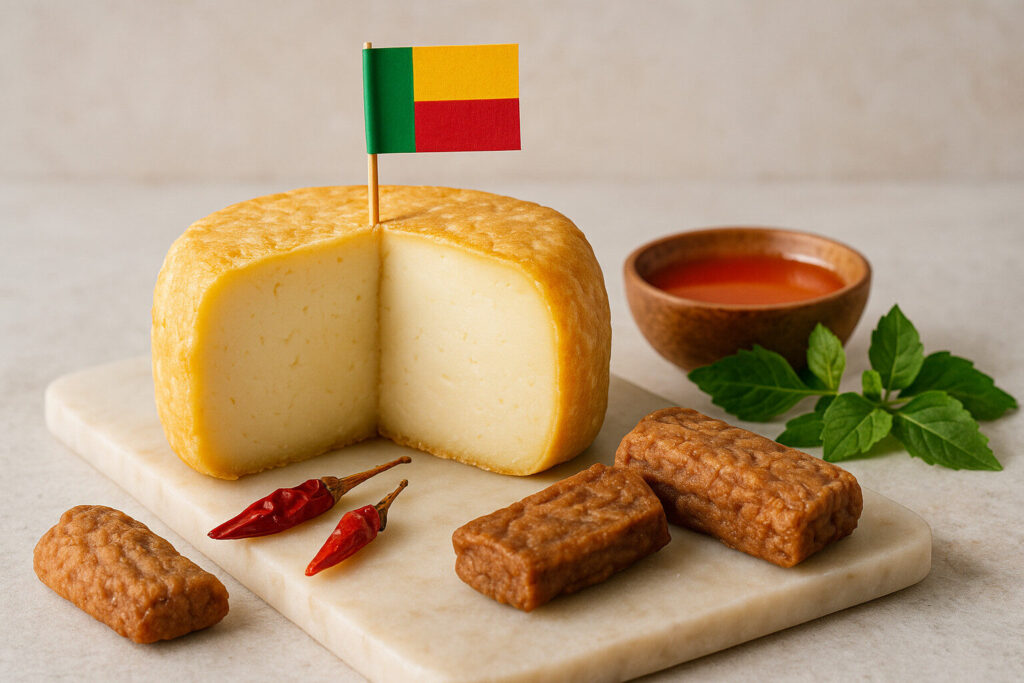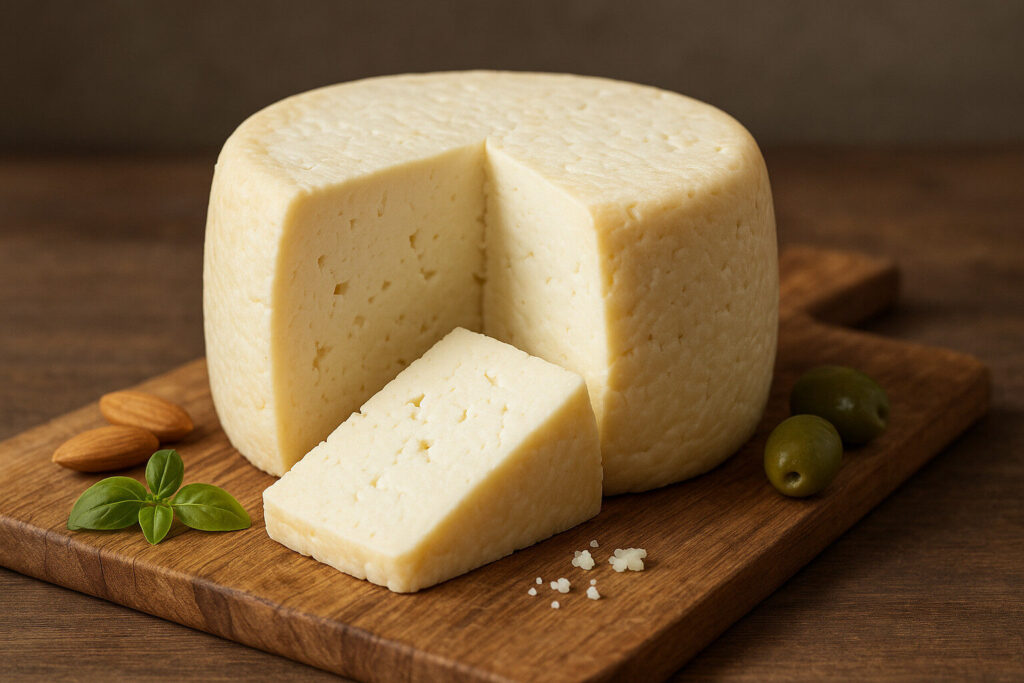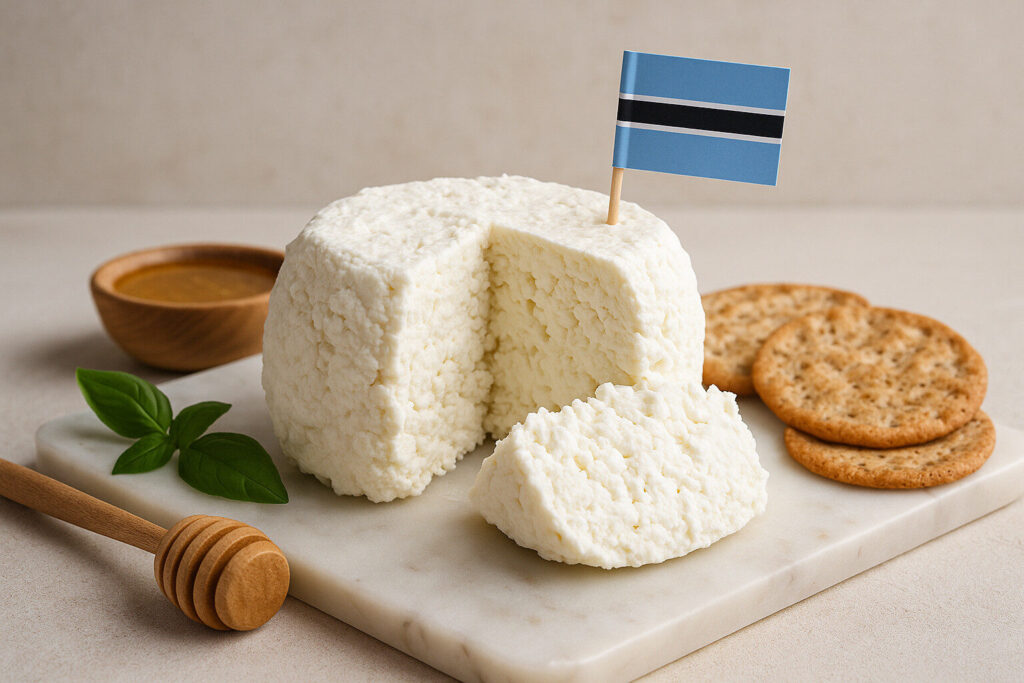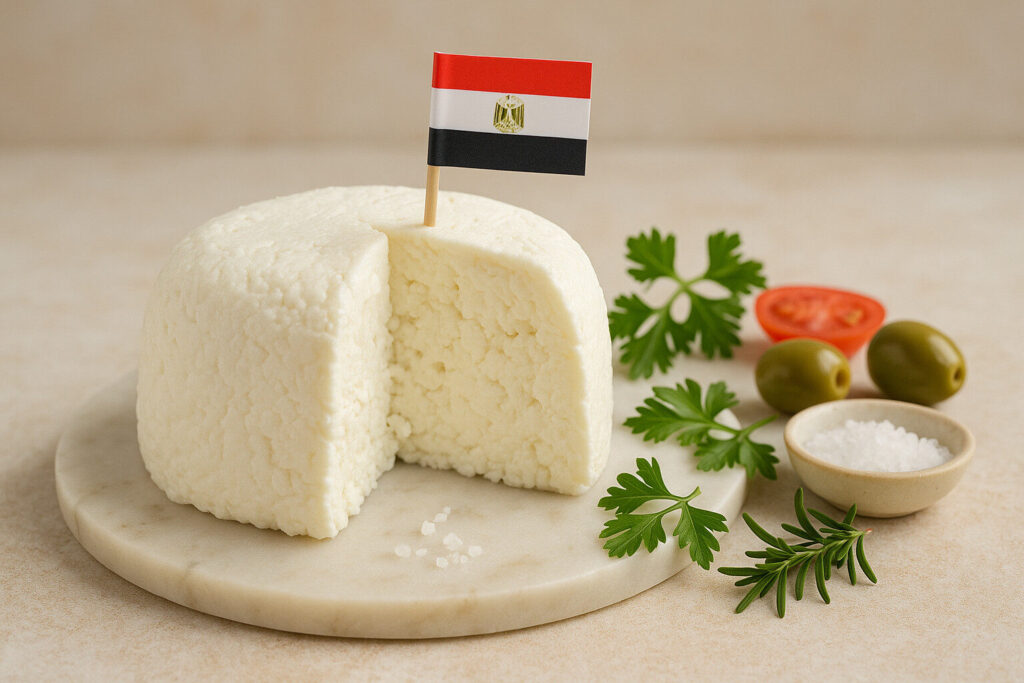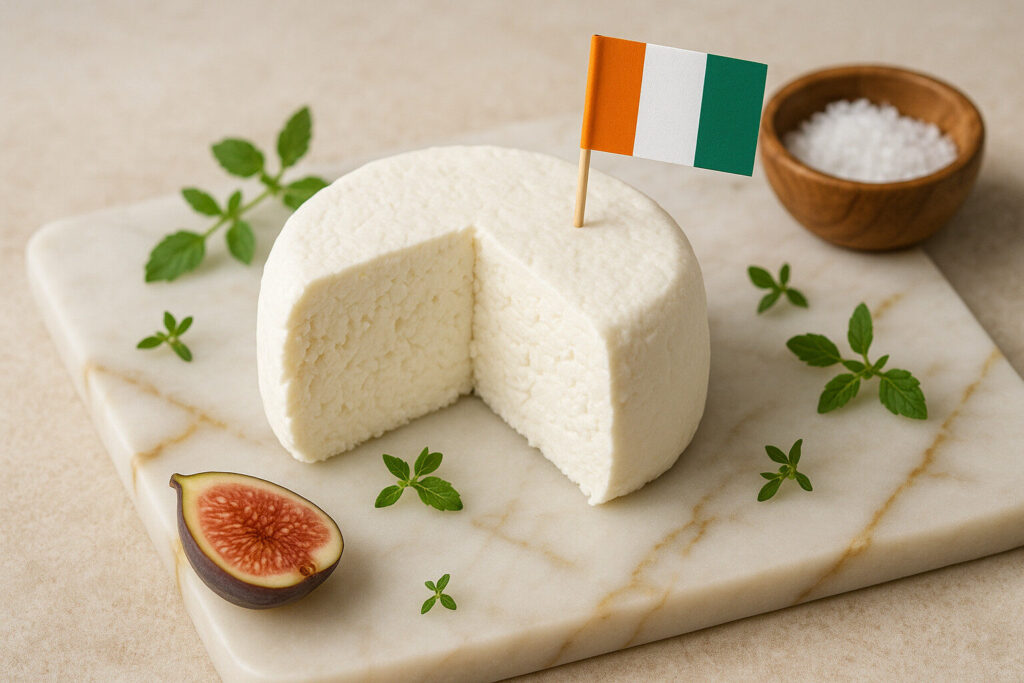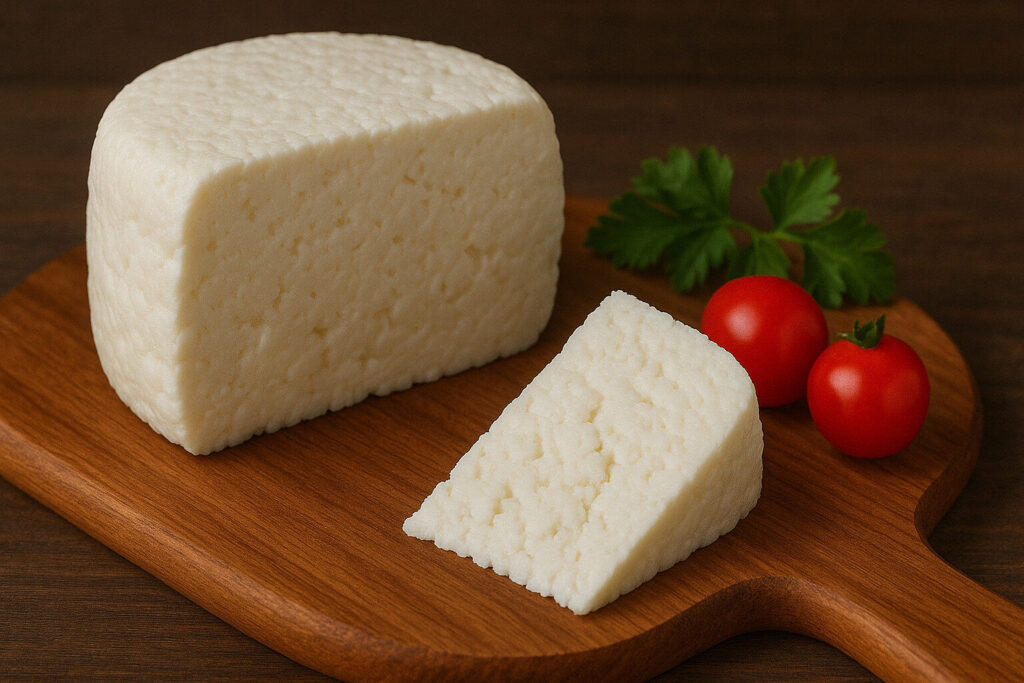Cheese Of Africa
Definition and Scope
African cheese encompasses dairy products crafted across the continent’s diverse regions. These cheeses reflect local ingredients, cultural practices, and environmental conditions. They range from fresh, soft varieties to aged, firm types.
Traditional African cheeses often utilize milk from indigenous cattle, goats, or camels. They are integral to local diets and culinary heritage. The scope includes both widely recognized styles and lesser-known artisanal creations.
Production Techniques
Many African cheeses employ age-old methods passed through generations. Common techniques include curdling milk with natural acids or plant-based rennets. The process often involves hand-pressing and sun-drying.
Some regions practice brining or smoking to enhance preservation. Modern facilities now combine traditional knowledge with controlled fermentation. Production scales vary from household batches to commercial operations.
Sensory Profile
African cheeses display distinct textures from crumbly to spreadable. Their flavors can be tangy, salty, or mildly earthy depending on origin. Aromatic notes often derive from specific aging environments.
Color variations reflect the type of milk used and any added spices. Many varieties have a pronounced acidity balanced by creamy undertones. The sensory characteristics provide a genuine taste of local terroir.
Culinary Uses
These cheeses frequently appear in traditional dishes like stews and flatbreads. They serve as protein sources, condiments, or standalone snacks. Their versatility allows incorporation into both cooked and raw preparations.
Some varieties are grated over meals while others melt into sauces. Contemporary chefs feature them in fusion cuisine to add authentic accents. They pair well with indigenous grains, fruits, and vegetables.
Regional Examples
Nigeria produces Wara, a fresh cheese from goat or cow milk. Ethiopia creates Ayib, a crumbly cheese often mixed with herbs. These examples demonstrate adaptation to local tastes and resources.
North Africa contributes varieties like Egyptian Domiati, a brined white cheese. South Africa offers modern interpretations alongside traditional styles. Each region’s cheese tells a story of its people and landscape.

